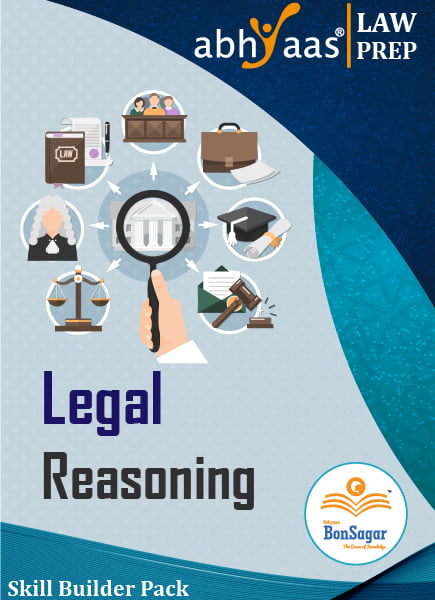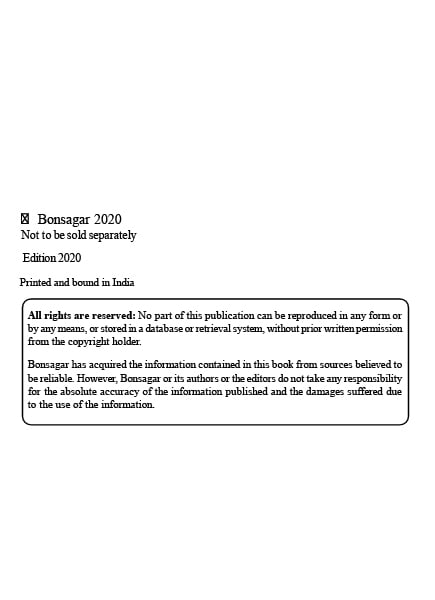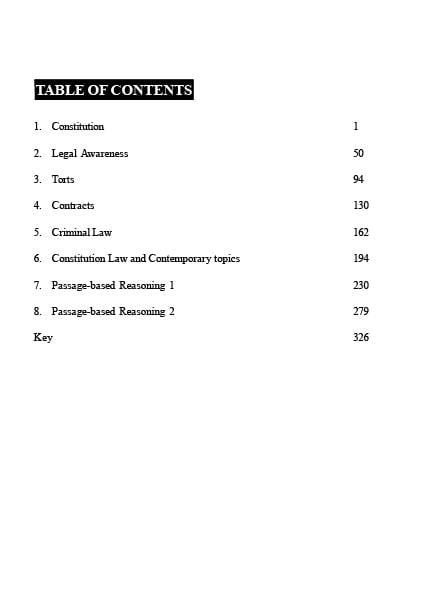How to Score Band 7+ in IELTS Writing
Understanding the IELTS Writing Test Format
The IELTS Writin0g test is divided into two tasks, each assessing different aspects of your writing skills. Understanding the specific requirements and expectations for each task is crucial for achieving a high score.
Task 1: Academic Writing
Task 1 in the Academic module requires you to describe and interpret visual data, which could include graphs, charts, tables, or diagrams. Here are more detailed strategies to excel in this task:
Practice Analyzing Different Types of Visual Data:
– Tip: Familiarize yourself with various types of graphs (line graphs, bar charts, pie charts) and tables. Understand how to interpret trends, compare data, and identify significant features.
Structure Your Response Effectively:
– Tip: Begin with an introduction that paraphrases the information given. Use clear and concise language to summarize the main trends and comparisons depicted in the visual data.
Use Specific Details and Figures:
– Tip: Support your description with specific details and figures from the visual data. This demonstrates your ability to analyze and present information accurately.
Compare and Contrast Information:
– Tip: If the task requires comparison, highlight similarities and differences between different data sets or time periods. Use comparative language (e.g., higher than, lower than, similar to) to emphasize trends.
Practice Writing Within the Word Limit:
– Tip: Task 1 has a minimum word requirement of 150 words. Aim to write enough to cover all aspects of the visual data without exceeding the word limit.
Task 2: Essay Writing
Task 2 in both the Academic and General Training modules requires you to write an essay in response to a prompt. Here are additional strategies to help you excel in this task:
Understand Different Essay Types:
– Tip: Essays in Task 2 can be argumentative (presenting a clear opinion), discursive (discussing both sides of an issue), or problem-solution (proposing solutions to a problem). Tailor your approach based on the specific essay type.
Brainstorm and Plan Your Ideas:
– Tip: Spend sufficient time brainstorming ideas and planning your essay structure. Outline your main arguments or points, consider opposing viewpoints (if applicable), and decide on a coherent flow of ideas.
Develop Strong Thesis Statements:
– Tip: Your introduction should include a strong thesis statement that clearly states your position or approach to the essay question. This provides a roadmap for your reader and sets the tone for the essay.
Provide Supporting Evidence and Examples:
– Tip: Back up your arguments with relevant examples, statistics, or personal experiences. This adds credibility to your essay and demonstrates your ability to support your points effectively.
Address Counterarguments (if necessary):
– Tip: If the essay prompt requires you to discuss both sides of an issue or consider opposing viewpoints, acknowledge counterarguments in a balanced manner. Provide a rebuttal or explanation of why your viewpoint is more persuasive.
Maintain Coherence and Cohesion:
– Tip: Use cohesive devices (such as linking words and phrases) to connect ideas within paragraphs and between different parts of the essay. This enhances the readability and logical flow of your writing.
Conclude Effectively:
– Tip: Summarize your main points in the conclusion and restate your thesis statement in different words. Refrain from introducing any new information or arguments in the conclusion.
Additional Tips for Overall Improvement
Expand Your Academic Vocabulary:
– Tip: Enhance your vocabulary by learning synonyms, academic phrases, and transition words. This allows you to express your ideas more precisely and fluently.
Review and Revise Your Writing:
– Tip: After completing each practice essay, review your writing for grammar, punctuation, and spelling errors. Pay attention to sentence structure and coherence of ideas.
Seek Feedback from Others:
– Tip: Share your practice essays with teachers, tutors, or study partners for feedback. Consider their suggestions for improvement and incorporate them into your future writing practice.
Simulate Exam Conditions:
– Tip: Practice writing essays under timed conditions to simulate the pressure of the exam. This helps you manage your time effectively and improve your writing speed.
Stay Updated with Current Issues:
– Tip: Stay informed about current events and global issues. This knowledge can provide valuable content for Task 2 essays and help you engage with complex topics more effectively.
Develop a Writing Routine:
– Tip: Establish a regular writing routine to build consistency and improve your writing skills over time. Set aside dedicated time for brainstorming, planning, and writing practice essays.
Conclusion
Scoring Band 7 or higher in the IELTS Writing test requires focused preparation, strategic planning, and consistent practice. By understanding the specific requirements of each task, mastering essay writing techniques, expanding your vocabulary, and refining your writing style, you can enhance your chances of achieving your desired score. Use the comprehensive strategies and tips outlined in this guide to strengthen your writing proficiency and approach the IELTS Writing test with confidence. With determination and persistence, you can reach your goal and open doors to new opportunities in your academic and professional endeavors.Refrain from introducing any new information or arguments in the conclusion.




